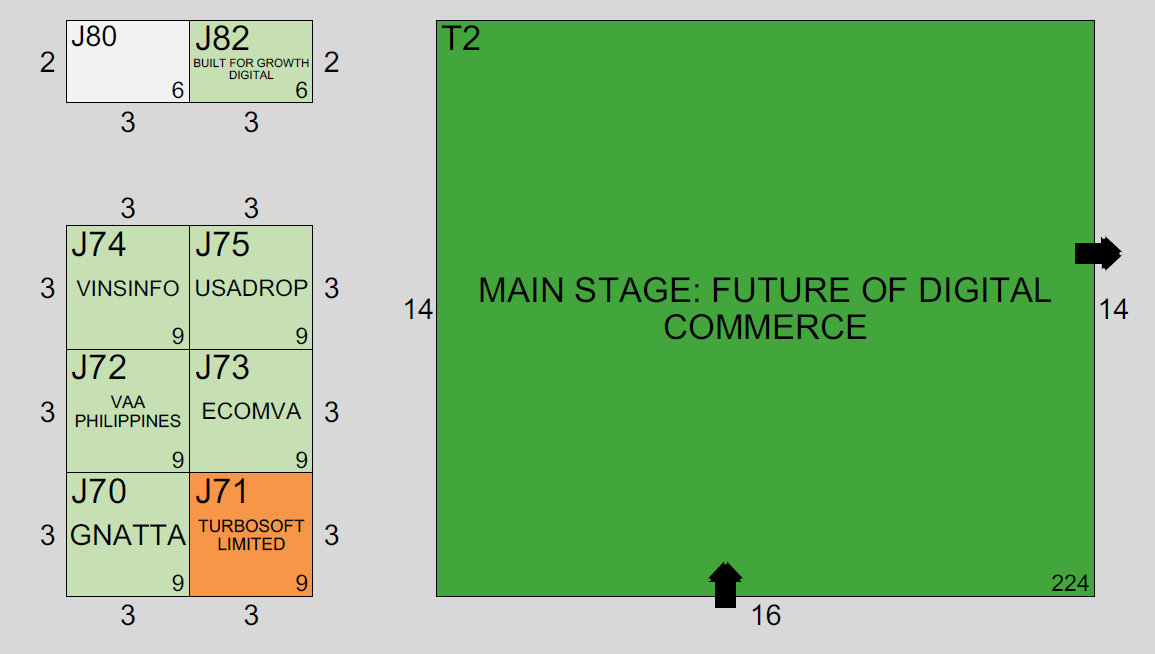We all know that — Customer Relationship Management (CRM) systems have become essential tools for businesses of all sizes. However, the true power of a CRM lies in its integration with other business systems.
Let’s dive into how CRM integration can benefit you. And how to make the most of it to enhance your business performance.
Key Benefits of CRM Integration
Centralised Data: Integration lets you bring together customer data from various touchpoints into one place. This gives you a 360-degree view of your customers, helping you make better decisions.
Improved Efficiency: By automating data transfer between systems, integration cuts out manual data entry, reduces errors, and frees up your time for more valuable tasks.
Enhanced Customer Experience: Access to comprehensive customer data means you can offer more personalised and timely service, boosting customer satisfaction.
Better Reporting and Analytics: Integrated systems offer detailed data for analysis, providing deeper insights into customer behaviour and business performance.
Streamlined Workflows: Integration can automate complex processes across departments, improving your overall operational efficiency.
How to Utilise CRM Integration for Your Benefit
Identify and Prioritise Integration Opportunities
- Map out the current business processes.
- Spot areas where integration could streamline operations or improve data flow.
- Focus on high-impact integrations like email marketing, accounting, e-commerce, customer support, and social media management.
Prepare for Integration
- Clean and standardise your data to ensure quality and accuracy.
- Train your team on using the integrated systems effectively.
Implement Gradually and Keep Monitoring
- Start with one or two key integrations.
- Regularly review system performance.
- Address issues as they arise.
- Gradually expand to the additional integrations.
Leverage Automation and Data
- Use integration to automate repetitive tasks like data entry, lead scoring, and follow-up emails.
- Utilise integrated data to personalise customer interactions.
- Tailor communications and offerings based on customer preferences and behaviours.
Enhance Decision Making
- Make use of comprehensive reporting capabilities.
- Make decisions based on data across all areas of your business.
Continuously Optimise and Expand
- Look for opportunities to refine processes.
- Add new integrations as your business evolves.
- Regularly assess the impact of integrations on your operations and customer experience.
Conclusion
CRM integration isn’t just a technical task; it’s a strategic move that can revolutionise your business operations and customer relationships.
By centralising data, boosting efficiency, and enabling more personalised customer experiences, CRM integration can give you a significant competitive edge.
Remember, successful integration requires thorough planning, step-by-step execution, and ongoing optimisation.
Start small, focus on high-impact areas, and continuously refine your approach. With the right strategy, CRM integration can be a powerful tool for driving growth and enhancing customer satisfaction.
Thinking about HubSpot CRM integration and need guidance? Let’s explore how you can leverage CRM integration to take your business to the next level.
For a quick call ring us at +44 203 650 4300.
